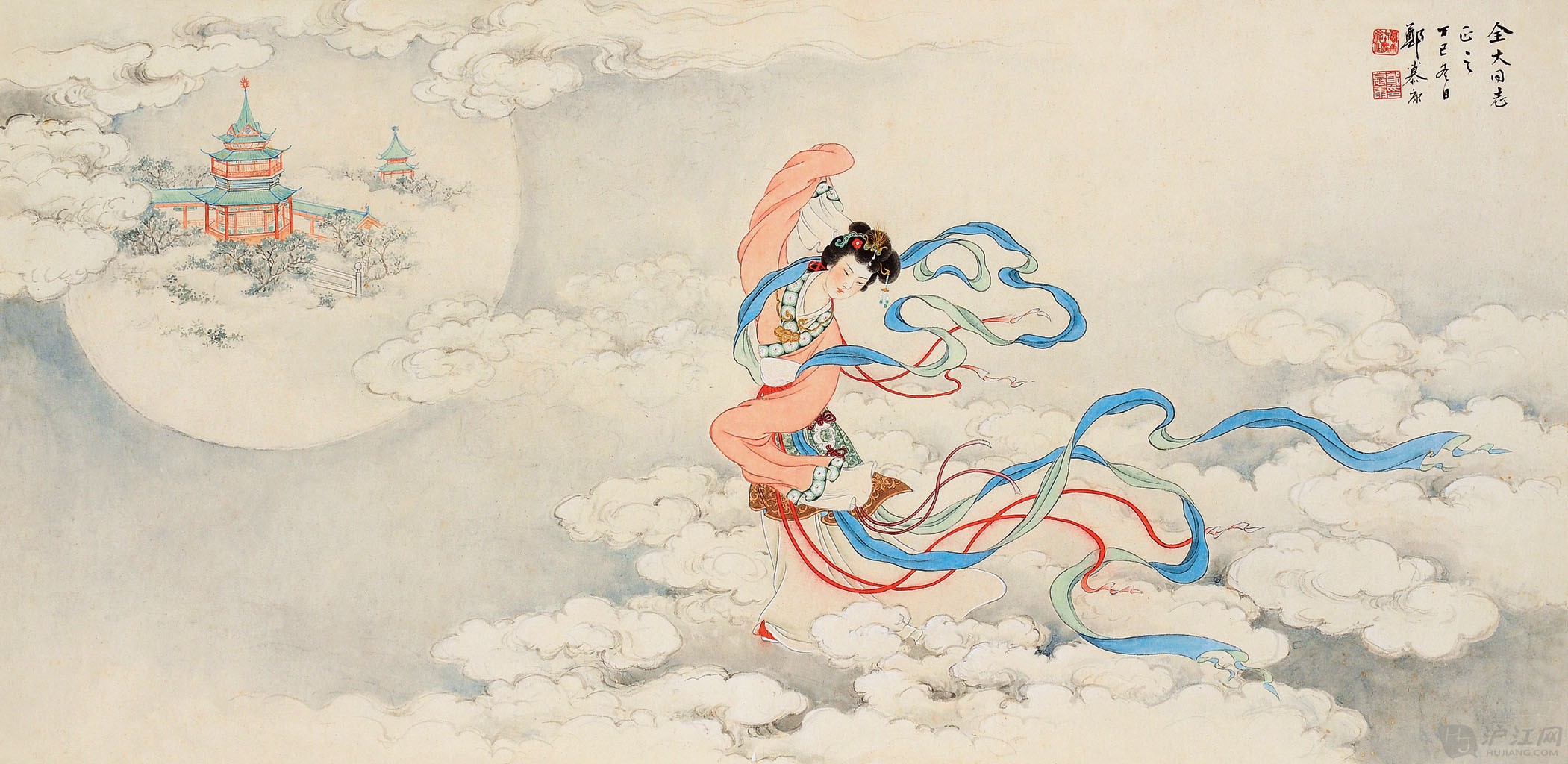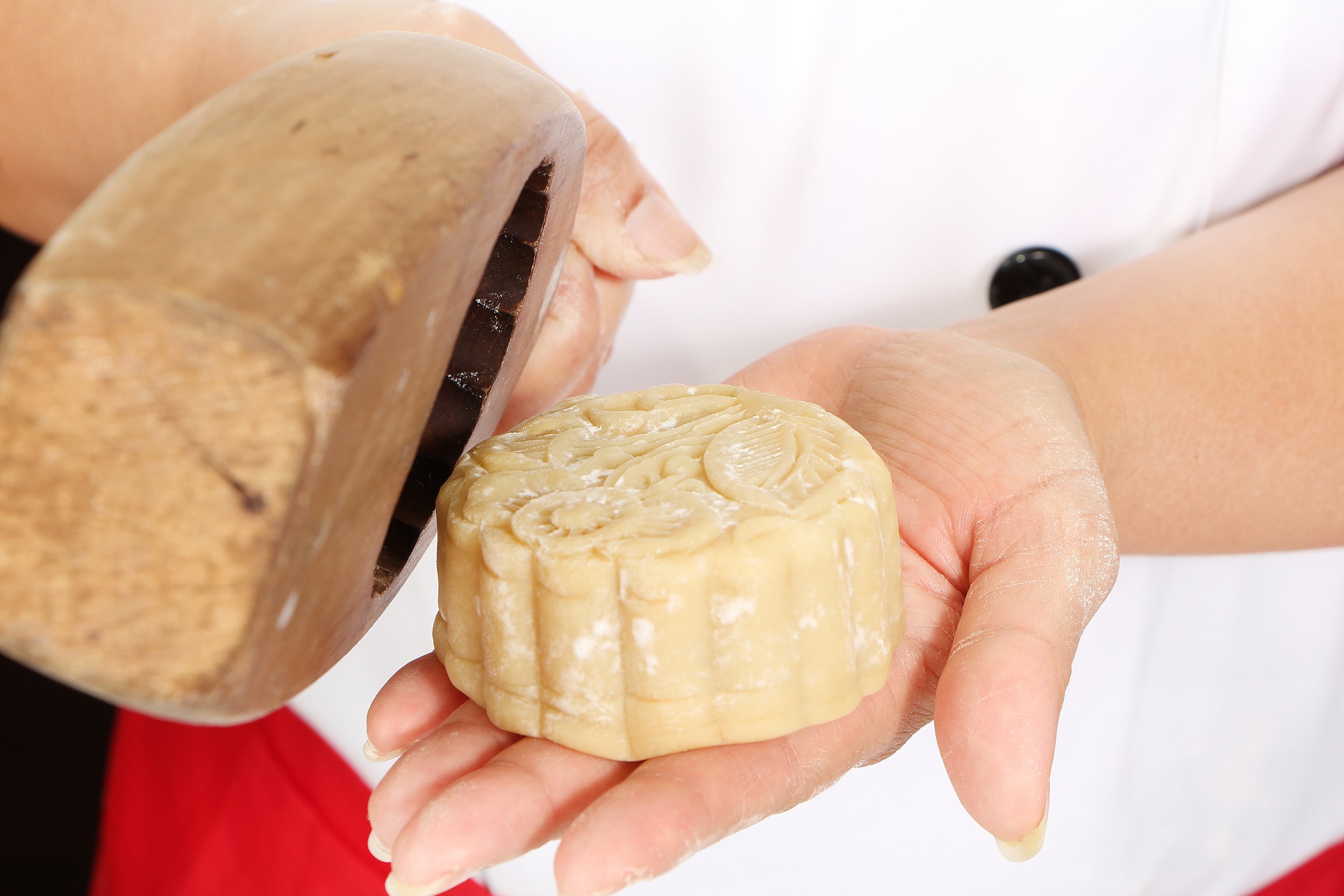The Origin of the Mid-Autumn Festival
Origin of the festival
Also known as the Moon Festival or Jung Chau Jit (中秋節) in Chinese, the Mid-Autumn Festival is a special lunar calendar holiday which has been celebrated in Chinese culture for over 3000 years, and is said to have originated in the Zhou Dynasty (1045-221 BC). It is so deeply ingrained in Chinese culture that it is considered in Mainland China today as an "intangible cultural heritage." In 2008, it was even made into an official public holiday in China.
With the harvest moon in its full glory, the festival is held on the 15th day of the 8th month of the lunar calendar, which generally corresponds to late September or early October in the Gregorian calendar. Historically, families gather together during this holiday and worship the moon or Moon Goddess by making offerings of food and incense, enjoy traditional treats and snacks, and feast together at the round table as a family.
The legend of Chang'e
Many of the legends and myths in Chinese culture are passed down from generation to generation through stories told by our parents, who were told the same stories by their parents. Each time the the stories are told, it changes a little, makes for a kind of living legend.
One of the most popular stories associated with the Mid-Autumn Festival is that of Chang'e and her husband Hou Yi. In the land of the gods, the Jade Emperor's ten rebellious sons transformed themselves into scorching suns, devastating the earth, making it impossible for crops to grow and people to live. Unable to contain their mischief, the helpless emperor called on the legendary archer Hou Yi to teach his sons a lesson.
Witnessing the destruction for himself on earth, Hou Yi showed no mercy. He raised his bow to the skies and shot down nine of the ten suns. Infuriated at the loss of his sons, the Jade Emperor stripped Hou Yi and Chang'e of their immortality and banished them to earth to live as mortals.
"Drink half of the elixir and you shall no longer have a need to fear death; drink all of the elixir and you shall ascend to the heavens."
Refusing to die as a mortal, Hou Yi went on a challenging journey to the Kunlun Mountain to seek help from the immortal Queen Mother of the West, who was said to have possessed an elixir of immortality. Sympathetic to his story, the Queen Mother of the West granted Hou Yi's wish, but left him with a warning: "Drink half of the elixir and you shall no longer have a need to fear death; drink all of the elixir and you shall ascend to the heavens."
Weary from his journey, Hou Yi returned home with the elixir and gave it to Chang'e for safekeeping.
Chang'e floating towards the moon. Source: Hujiang.
Having saved the people from the torture of ten suns, Hou Yi was regarded as a hero and his achievements attracted people from all corners to come study under him.
Then, on the 15th day of the eighth month of the lunar calendar, while Hou Yi was out hunting, one of his apprentices named Peng Meng came to steal the elixir which had been given to Chang'e for safekeeping.
With a sword drawn against her, Chang'e knew she could not win the fight against Peng Meng. Refusing to give up the elixir, Chang'e quickly consumed the entire bottle. No sooner did she begin to feel weightless as she floated towards the sky. Wishing to stay close to her husband, Chang'e drifted to the moon so she may look upon her husband each night.
Upon his return, Hou Yi was devastated to hear what had happened. That night, he laid out his wife's favorite fruits and cakes and prayed that he may one day see her again.
Festival traditions today
While worshipping the moon is a declining practice, there are plenty of other fun traditions which are still being observed today — mostly revolving around eating way more than is socially acceptable. Here are a few fan favorites:
Moon cake
Moon cake is one of the most popular treats eaten during the Moon Festival, which are generally only available during this time of the year. You can find these tasty pastries at your local Chinese grocery market or in many authentic Chinese restaurants, sold in attractively decorated tin boxes. A few select restaurants in Hong Kong will make the pastries fresh themselves, while it is rare to find in the states.
Traditionally, moon cakes are round in shape with petal like ridges along the outside. The top of the cakes are usually decorated using a mold with floral designs or the Chinese character for "longevity." Different regions between China and even Vietnam will have their own style and recipes for moon cakes that range from sweet to savory.
Most commonly, the outside is made of a dense, chewy, but thin layer of pastry, and the inside is filled with a sweet paste made with lotus seeds or red beans. You'll find that many of the moon cakes today will also have one or two preserved egg yolks, which provides a savory flavor to balance the sweetness of the lotus or red bean paste.
Hairy Crab
Visit a Chinese restaurant for dinner during the Mid-Autumn Festival and you will likely find a special menu put together just for this evening, filled with with an array of fresh seafood. The most popular dish is the steamed Hairy Crab, or Dai Jap Hai (大閘蟹) in Chinese. They are considered to be the tastiest during this time of the year as the crabs are preparing to lay their eggs.
Source: The Ranting Panda
An expensive delicacy in Chinese cuisine, the crabs are typically prepared by simply steaming them to preserve as much of their original fresh flavor as possible, and are paired with ginger, soy sauce and vinegar as a dip during family dinner.
Taro
The word taro in Chinese sounds similar to the word for "luck" or "prosperity," and is therefore favored by the superstitious as a good food to eat during the festive evening. Taro root, sometimes referred to as the purple sweet potato, comes from the taro plant, and is white or pale purple in color with specks of purple throughout. When cooked, its taste is creamy and slightly sweet with a nutty flavor and starchy feel. Taro is also more nutritious compared to the traditional white potato, containing about three times the amount of fiber.
While taro can be prepared by boiling it like a regular potato, its creamy and sweet flavor also lends itself to more creative ways of cooking. In Chinese restaurants, you can find it made into a cake which is seared on a pan to give it a light crisp, or mixed into a sweet or savory paste as a filling for pastries.
Water caltrop
Called Ling Gok (菱角) in Chinese, it is also referred to as the buffalo nut, bat nut, or even the devil's pod. Yet, the nut looks even stranger than its name.
Yes, these are nuts. Yes, they look deadly. Yes, you can hurt yourself with them. But also yes, you can eat them. You can purchase these around this time of the year in Chinese grocery markets, where they are typically sold loosely, so you can purchase any quantity you would like.
Water caltrops are prepared by boiling them in water for 20-25 minutes, which softens their shell enough to be opened with scissors (or your teeth if you are brave and have a decent dental insurance plan). The meat inside is white and tastes like a combination of a chestnut with a slight starchiness like that of a potato.
Because the word "bat" in Chinese sounds similar to the word for "prosperity," eating this nut is considered to bring good luck and fortune.
Lantern lighting
After your bellies are full and you have finished off your feast with treats like moon cake or fresh fruits, it's time to head outside to enjoy views of the full harvest moon in the cool night weather. Paper lanterns were traditionally carried to help light the way through the dark. Today, the lanterns have evolved to take on many fun shapes and designs, some very intricate, and are an indispensable tradition to the Mid-Autumn Festival.
Source: Reuters
Make your own traditions
What makes holidays like the Mid-Autumn Festival special is the opportunity to make your own traditions and share them with your family. What are some of the traditions that you share with yours? We want to hear them! Share them with us in the comments below.











